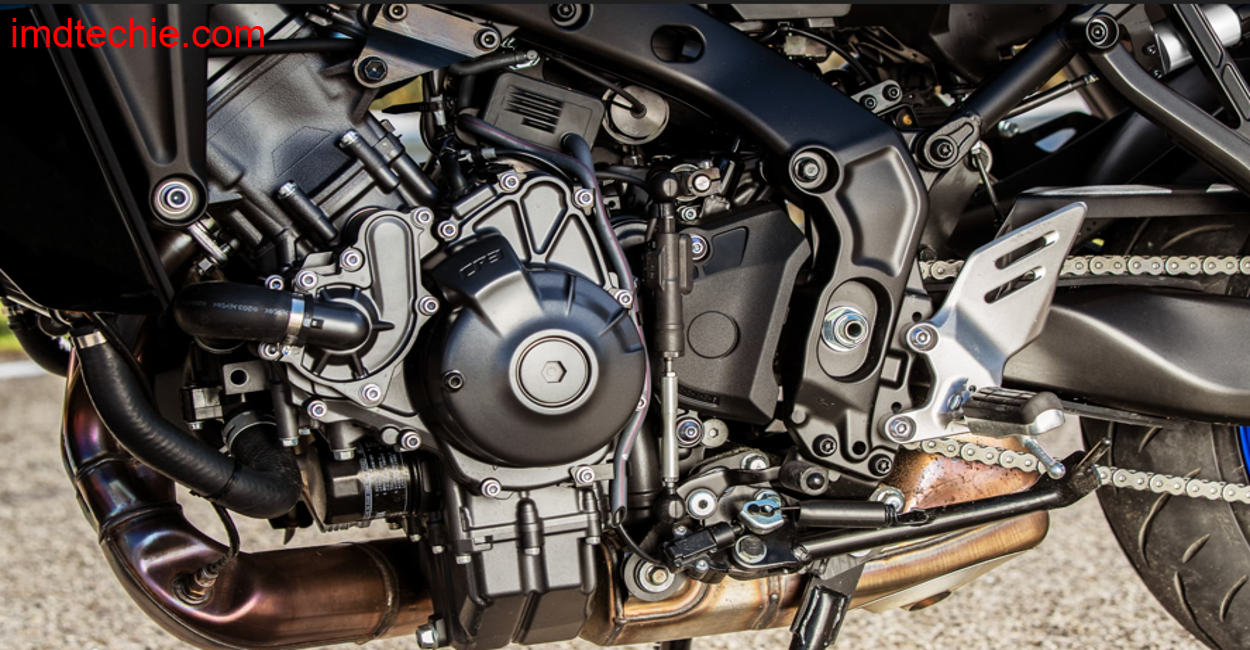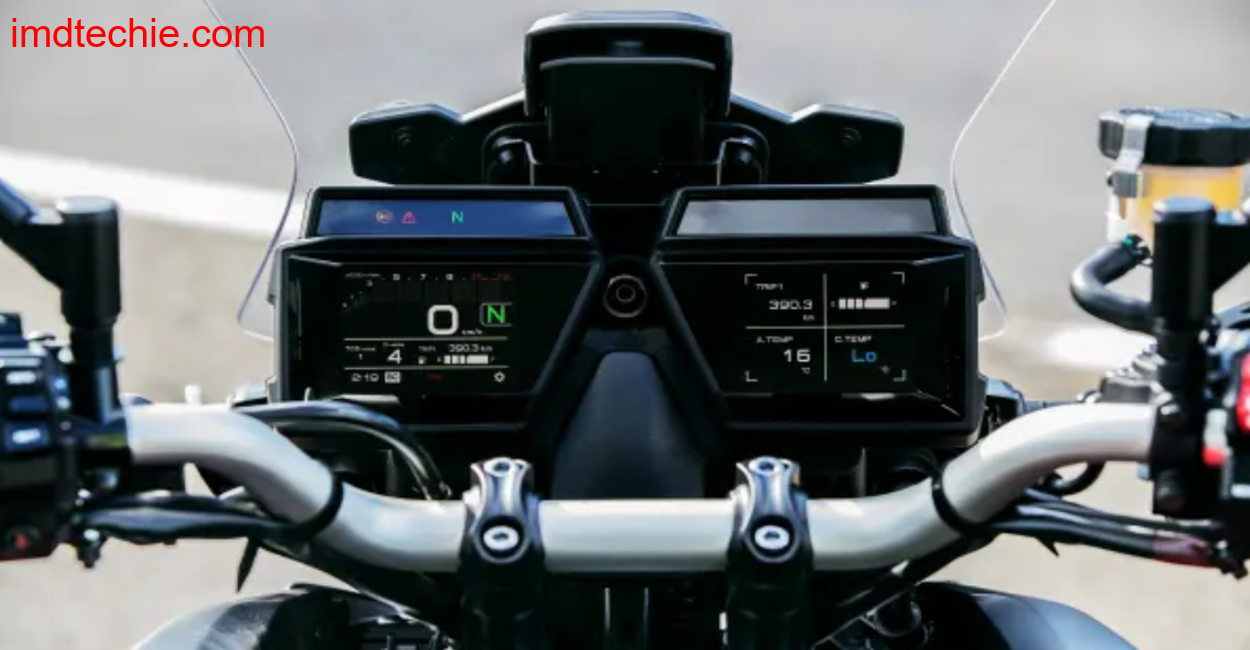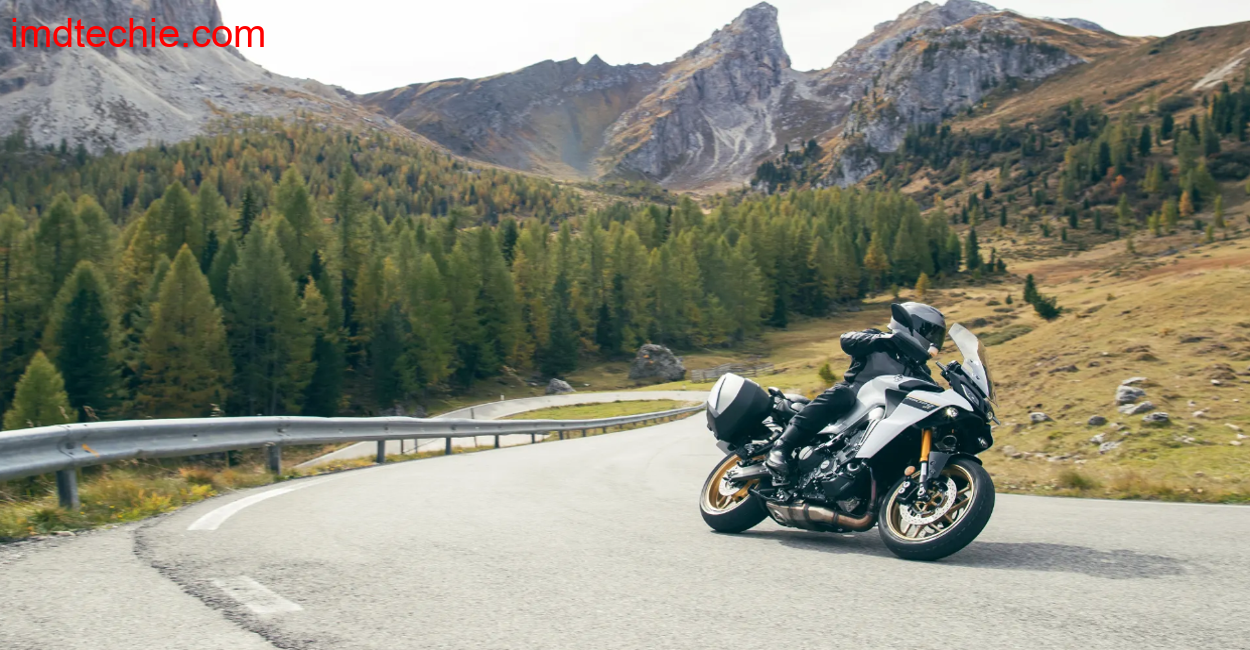There are motorcycles that thrill you on the straights. Then there are motorcycles like the Yamaha Tracer 9 GT, which come alive on curves,specifically, the endless, twisty hairpins winding up to Nainital. I spent three days in Uttarakhand’s misty mountains, riding one of the most complete sport-touring machines ever built. And while the views of Naini Lake and the scent of pine are still fresh in my memory, it’s the Tracer 9 GT’s razor-sharp engine, clever electronics, and occasional quirks that left the most lasting impression. This wasn’t a test ride. This was a journey. One filled with elevation changes, shifting temperatures, road patches that alternated between glass-smooth and cratered, and the kind of solitude only a midweek mountain escape can provide.
Built to Thrill: The 119 hp Engine Unleashed

Let’s not mince words,the Yamaha Tracer 9 GT’s engine is a masterpiece. At the heart of it lies an 890cc inline triple that pumps out 119 hp at 10,000 rpm, but honestly, it feels like more. The delivery is smooth but immediate. At low revs, it hums along obediently. But the moment you cross 6,000 rpm, the engine roars alive with a raspy growl, and everything sharpens. I remember hitting a wide S-bend just before Ghorakhal temple, leaned in, third gear, throttle slightly open,and the Tracer surged forward with such balance, I forgot I was riding a tourer. What truly impressed me was how friendly and usable the torque was in real-world riding. Nainital’s steep climbs and uneven gradients would have exposed flat spots in weaker engines. But the Tracer didn’t just manage, it thrived. Whether it was overtaking a slow-moving tourist van on the uphill from Bhowali or cruising down to Bhimtal, the bike delivered clean, consistent power across the rev range. The quickshifter (standard, mind you) deserves applause. It’s buttery smooth in both upshifts and downshifts. No clutch, no drama. Just click and go. I used it endlessly, especially on uphill switchbacks, and it never once faltered. And yet, despite all the muscle, it never felt intimidating. The Tracer doesn’t try to scare you, it encourages you to push just a little more, then rewards you with the satisfaction of a clean, fast line through a corner.
Lots of Assistance Systems
The electronics suite on this bike is where Yamaha flexes its engineering muscles. At ₹15 lakh (on-road, India), you expect sophistication, and you get it in spades. The bike comes packed with cornering ABS, lean-sensitive traction control, slide control, and even a front wheel lift system. I’ll admit, I wasn’t planning to lift the front wheel on a blind curve near Naina Peak, but it’s good to know Yamaha’s six-axis IMU was watching over me. What makes it really effective is the semi-active suspension. This system adjusts damping in real time based on your riding style and road conditions. On the smoother stretches toward Sattal, it firmed up nicely, giving me incredible cornering precision. But as soon as we hit a badly patched road near Pangot, the system softened, soaking up imperfections without losing composure. Cruise control was a blessing on the longer stretches back to Haldwani. It works flawlessly and is easy to toggle even with gloves on. And the heated grips, oh yes, the heated grips, became an unexpected favorite. Early mornings in Nainital can get chilly, and with ten levels of warmth to choose from, I found the perfect setting to keep my fingers toasty. I also loved the multiple riding modes. I spent most of the trip in Mode 2, which felt like the perfect blend of aggression and control. But the fact that I could switch between modes on the go made adapting to weather and road feel intuitive and seamless. This bike doesn’t just ride. It thinks with you.
Consumption in the Test: Approx. 5 Liters
Sporty bikes rarely sip fuel. They gulp it. But the Tracer 9 GT manages to be… almost humble. I clocked around 320 kilometers in total over three days, which included everything from aggressive mountain runs to gentle cruising by the lake. My average consumption? Just a shade over 5 liters per 100 km. That’s remarkable for something pushing nearly 120 horses and carrying saddlebags. The 18-liter fuel tank helps a lot here. I only refueled once, on the way down at Kathgodam. If you ride conservatively, you can easily squeeze 300+ km per tank. If you’re spirited (like me), you’ll still get a solid 250 km. Not bad at all for a machine this capable. Also worth mentioning: the bike handles its weight beautifully even when fully tanked and loaded. Despite tipping the scales at 230 kg (with all touring kit on), it never felt top-heavy or sluggish.
Bad Display, No Connectivity

Now for the part Yamaha needs to fix. The instrument cluster on the Tracer 9 GT is, frankly, a letdown. You get two small TFT displays, side by side. The left one shows most of the riding info, and the right one is basically supplementary. But here’s the problem: both are reflective, and the fonts are small and cluttered. In full sunlight, especially during my noon descent from Snow View Point, I had to squint and tilt my helmet to see the data. Also, no smartphone integration. That means no turn-by-turn navigation, no music control, no call alerts,nothing. On a touring bike of this caliber, that’s hard to justify. I had to rely on my phone mounted to the handlebar, and even that felt like a workaround. For a bike so futuristic in every other aspect, the display setup feels five years behind. The cornering lights? Not bright enough. And for some reason, the low beam only activates the right side headlight, which looks weird and makes the beam pattern uneven. Also, no auto-canceling indicators,which honestly should be standard at this price point. These issues don’t ruin the bike. But they do take away from the polish of an otherwise premium experience.
Yamaha Tracer 9 GT: Technical data, price
| Manufacturer information | Specifications |
| Engine/Transmission | Liquid-cooled three-cylinder in-line engine, 890 cc displacement, 4 valves per cylinder, 87.5 kW/119 hp at 10,000 rpm, 93 Nm at 7,000 rpm; injection, 6 gears, chain |
| chassis | Cast aluminum bridge frame; 41 mm USD telescopic fork at the front, fully adjustable, 130 mm travel; cast light-alloy double-sided swing arm at the rear, central spring strut, adjustable preload and rebound damping, 137 mm travel; cast light-alloy wheels; tires 120/70 R 17 (front) and 180/55 R 17 (rear). 298 mm dual disc brakes at the front, 245 mm single disc brake at the rear |
| Dimensions and weights | Wheelbase 1500 mm, seat height 810/825 mm, weight ready to ride 220 kg; fuel tank capacity 18 l |
| Performance and consumption | Top speed 218 km/h, standard consumption 5.0 liters/100 km |
| Assistance systems | Three riding modes, cornering ABS, adjustable dynamic traction control, slide control, front lift control, bake control system, two-way quickshifter |
| Price | 14,899 euros |
Conclusion
There’s a moment I won’t forget. Somewhere past Kilbury Road, with the sun just beginning to dip, I found a stretch of flawless tarmac weaving through a silent pine forest. No traffic. Just me, the Tracer 9 GT, and a rhythm I didn’t have to force. Every downshift was perfect. Every corner felt natural. I wasn’t thinking about horsepower, ride modes, or tire grip. I was just riding. And that’s what this bike does so well. It fades into the background when you need it to, and steps forward with muscle when you want it to. It’s equally at home scratching through mountain bends or eating up highway miles with a pillion and full luggage. Yes, the display is frustrating, and no, there’s no connectivity. But everything that matters,engine, ride, comfort, electronics,is executed brilliantly. The Yamaha Tracer 9 GT isn’t just a sport-tourer. It’s a precision-crafted tool for riders who want to go fast, far, and everywhere in between. And if you ever get the chance, take it up a mountain. That’s where it truly sings.







